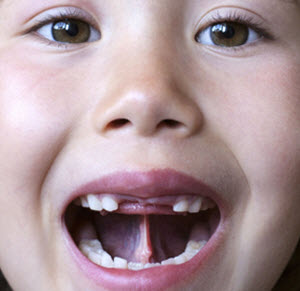 Orofacial Myo-what?
Orofacial Myo-what?
What in the world is Orofacial Myofunctional Therapy?
If you clicked on this service, we’re guessing your dentist, orthodontist, or ENT sent you here. They probably used terms like tongue tie, tongue thrust, oral habits (thumb sucking, pacifiers, etc.), or sleep-disordered breathing.
This is what orofacial myofunctional therapy is all about.
Types of Disorders
Orofacial myofunctional disorders happen because the muscles or structures of our face have had to compensate for something.
Muscles of your tongue, jaw, lips, and face can get into incorrect patterns because of several reasons including, but not limited to: nasal airway obstruction, a tongue tie, thumb sucking, structural abnormalities, neurological deficits, and developmental delays.
Your body is smart. It’s doing its best. But the patterns that develop because of these reasons can have some frustrating consequences.
 Consequences of Orofacial Myofunctional Disorders
Consequences of Orofacial Myofunctional Disorders
Orofacial myofunctional disorders can cause misshapen palates, dental problems, eating difficulties, tongue thrust, sleep-disordered breathing, snoring, pain, and other challenges in people of any age.
Additionally, some orofacial myofunctional disorders like tongue thrust can slow down or impede orthodontic treatment. Sometimes individuals end up needing braces more than once over the years because of incorrect oral resting posture and tongue thrust.
Assessment and Treatment
We can provide a thorough assessment to help you understand why you’ve been sent to us.
Then, we’ll set goals together based on your needs and values.
For more information, please visit our Contact page.

